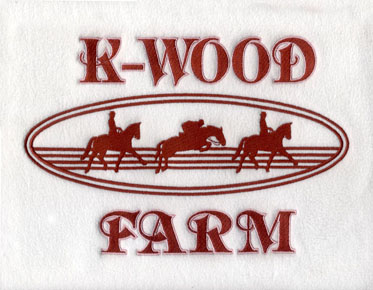EMB vs. DST: Understanding the differences and choosing the right format In Digitizing Embroidery
As an embroidery digitizer, you're likely familiar with EMB files. However, if you're new to the field or need a refresher, this guide is for you. We'll explore what EMB files are, how to open them, and how they compare to DST files. If this post spurred your interest and you want to find out more about Embroidery Digitizing, please feel free to contact us.
What are EMB files?
EMB files are the native file format for Wilcom embroidery software. These files contain digitized embroidery designs, including stitch types, colors, and other design elements. EMB files are often preferred by embroiderers as they offer more flexibility and control over design elements, including the ability to edit and manipulate stitch settings.
How to open EMB files
To open an EMB file, you'll need embroidery software that supports this file format. Wilcom's embroidery software suite is the most popular software that supports EMB files. However, there are other software options available, including Hatch Embroidery, Embird, and SewWhat-Pro.
Once you have the appropriate software installed, opening an EMB file is as simple as navigating to the file and double-clicking on it. The software will automatically load the design, allowing you to edit or stitch it out.
Compare EMB and DST
While EMB files are the native file format for Wilcom software, DST files are the most widely used file format in the embroidery industry. DST files were originally created for Tajima embroidery machines but are now compatible with many other embroidery machines.
One of the main differences between EMB and DST files is the level of control they offer. EMB files provide more flexibility and editing options, while DST files are more straightforward and typically have a smaller file size. DST files also have better machine compatibility, making them a preferred file format for commercial embroidery.
Another notable difference between EMB and DST files is their level of encryption. EMB files are proprietary to Wilcom and are not widely compatible with other embroidery software. DST files, on the other hand, are not proprietary and can be used across different embroidery software and machines.
In
summary, EMB files are an excellent option for embroidery digitizers who want
more control over their designs and stitch settings. However, DST files are a
better choice for commercial digitizing embroidery due
to their widespread compatibility and smaller file size. Regardless of which
file format you choose, it's important to have a good understanding of the
design elements and software needed to achieve the desired results. If you are
not familiar with the embroidery field, please feel free to contact us at Eagle Digitizing. We provide 24-hour service,
reasonable fees, and fast turnaround times. We will provide you with various
formats that you need.


